San Isidro Rocoto
Species: Capsicum pubescens | Origin: Canary Islands | Pungency: Hot
San Isidro Rocoto, also known as 'Rocoto San Isidro', is a rare Capsicum pubescens variety that is said to have been grown by a priest in the grounds of a church in the small village of San Isidro, La Palma, the fifth largest and most north-westerly of the Canary Islands. Situated in the Atlantic Ocean about 70 miles west of Morocco, the Canary Islands, informally known as the 'Canaries', is an archipelago comprised of eight main islands (Tenerife, Fuerteventura, Gran Canaria, Lanzarote, La Palma, La Gomera, El Hierro and La Graciosa) and many smaller islands and islets (Alegranza, Isla de Lobos, Montaña Clara, Roque del Oeste and Roque del Este) and was an important stopping place for Christopher Columbus during his voyages to the New World.
South America is over 5,000 miles away from the Canary Islands, so how this variety reached La Palma is a mystery. An interesting characteristic of this variety is its flowers, which are much paler than those of most other varieties within the species. Instead of the typical vivid blue-violet coloured flowers that one would normally associate with C. pubescens varieties, the flowers of this variety are sometimes almost white, especially during the early stages of growth when the plants first start flowering. Although the seeds are dark in colour like one would expect with a C. pubescens variety, the colour is more of a dark brown as opposed to the usual black. There is another variety belonging to the C. pubescens species called 'Sukanya'. It comes from Australia and is said to be the only C. pubescens variety which has nearly all-white flowers.
The plants have a compact spreading growth habit and produce excellent yields of medium-sized, thick-walled, juicy peppers which start green and ripen through orange and then to bright red. The peppers are mostly oval in shape but occasionally some can be slightly blocky, spherical, conical or elongated. It is one of the hottest Capsicum pubescens varieties I've ever tried and it performs very well outdoors here in North Wales during the growing season. San Isidro Rocoto peppers are great for spicing up many types of food, such as stews, soups, salsas, sauces, stir fries, rice dishes, pasta dishes and casseroles.
Some people get confused between San Isidro Rocoto and Aji Largo Rocoto, believing that Aji Largo is a variety from the Canary Islands, but this is incorrect. Aji Largo comes from Loja in Southern Ecuador and San Isidro comes from the Canary Islands. Some people also believe that elongated-shaped C. pubescens fruits were first developed in the Canary Islands, but this is also incorrect.
Page published on: 5th October 2022
San Isidro Rocoto, also known as 'Rocoto San Isidro', is a rare Capsicum pubescens variety that is said to have been grown by a priest in the grounds of a church in the small village of San Isidro, La Palma, the fifth largest and most north-westerly of the Canary Islands. Situated in the Atlantic Ocean about 70 miles west of Morocco, the Canary Islands, informally known as the 'Canaries', is an archipelago comprised of eight main islands (Tenerife, Fuerteventura, Gran Canaria, Lanzarote, La Palma, La Gomera, El Hierro and La Graciosa) and many smaller islands and islets (Alegranza, Isla de Lobos, Montaña Clara, Roque del Oeste and Roque del Este) and was an important stopping place for Christopher Columbus during his voyages to the New World.
South America is over 5,000 miles away from the Canary Islands, so how this variety reached La Palma is a mystery. An interesting characteristic of this variety is its flowers, which are much paler than those of most other varieties within the species. Instead of the typical vivid blue-violet coloured flowers that one would normally associate with C. pubescens varieties, the flowers of this variety are sometimes almost white, especially during the early stages of growth when the plants first start flowering. Although the seeds are dark in colour like one would expect with a C. pubescens variety, the colour is more of a dark brown as opposed to the usual black. There is another variety belonging to the C. pubescens species called 'Sukanya'. It comes from Australia and is said to be the only C. pubescens variety which has nearly all-white flowers.
The plants have a compact spreading growth habit and produce excellent yields of medium-sized, thick-walled, juicy peppers which start green and ripen through orange and then to bright red. The peppers are mostly oval in shape but occasionally some can be slightly blocky, spherical, conical or elongated. It is one of the hottest Capsicum pubescens varieties I've ever tried and it performs very well outdoors here in North Wales during the growing season. San Isidro Rocoto peppers are great for spicing up many types of food, such as stews, soups, salsas, sauces, stir fries, rice dishes, pasta dishes and casseroles.
Some people get confused between San Isidro Rocoto and Aji Largo Rocoto, believing that Aji Largo is a variety from the Canary Islands, but this is incorrect. Aji Largo comes from Loja in Southern Ecuador and San Isidro comes from the Canary Islands. Some people also believe that elongated-shaped C. pubescens fruits were first developed in the Canary Islands, but this is also incorrect.
Page published on: 5th October 2022
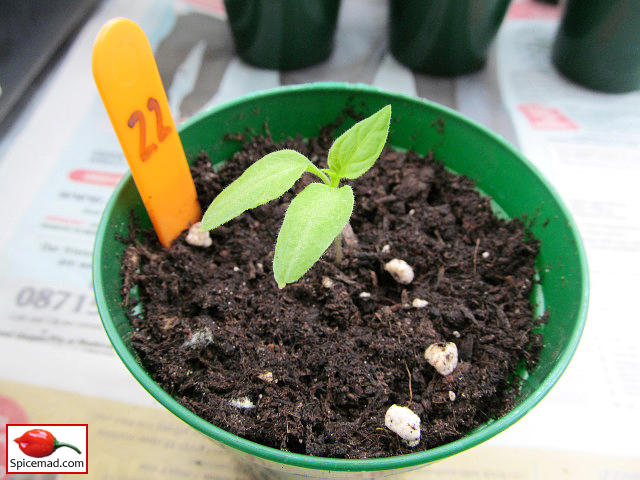 |
| San Isidro Rocoto - 3rd March 2022 |
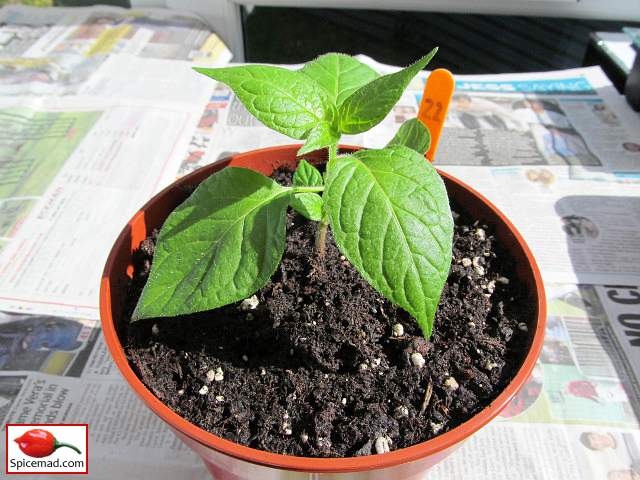 |
| San Isidro Rocoto - 31st March 2022 |
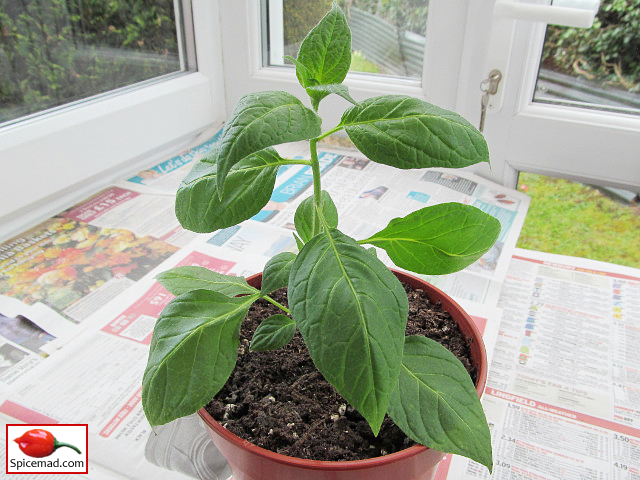 |
| San Isidro Rocoto - 13th April 2022 |
 |
| San Isidro Rocoto - 16th May 2022 |
 |
| San Isidro Rocoto - 30th June 2022 |
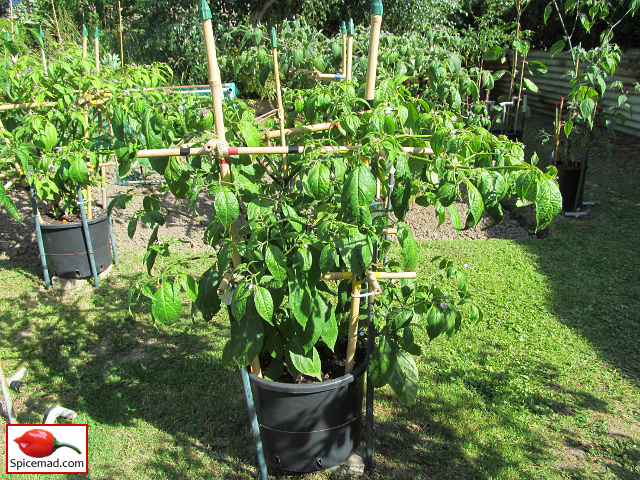 |
| San Isidro Rocoto - 14th July 2022 |
 |
| San Isidro Rocoto - 5th August 2022 |
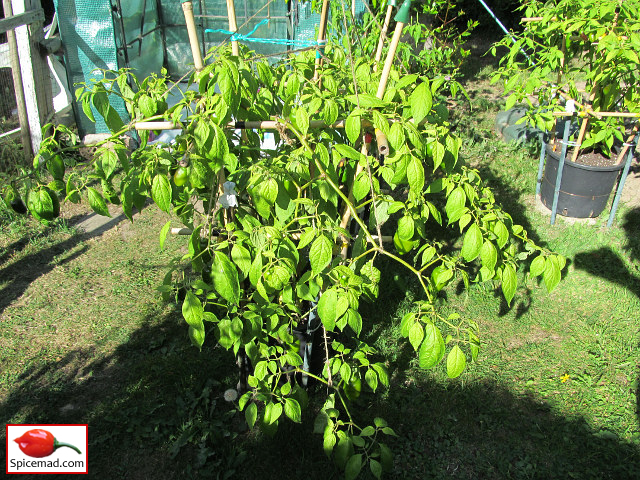 |
| San Isidro Rocoto - 27th August 2022 |
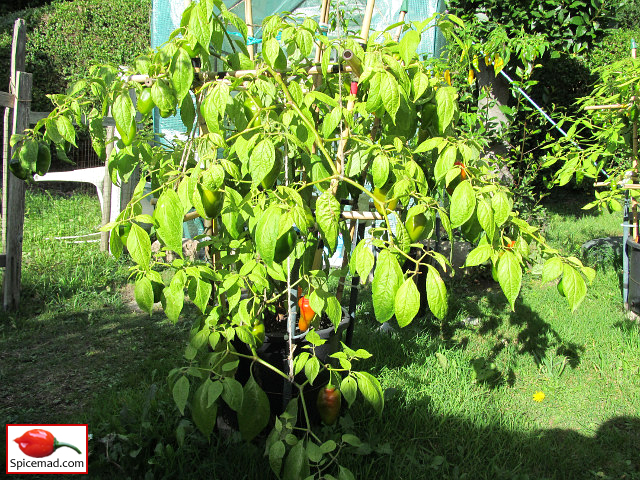 |
| San Isidro Rocoto - 16th September 2022 |
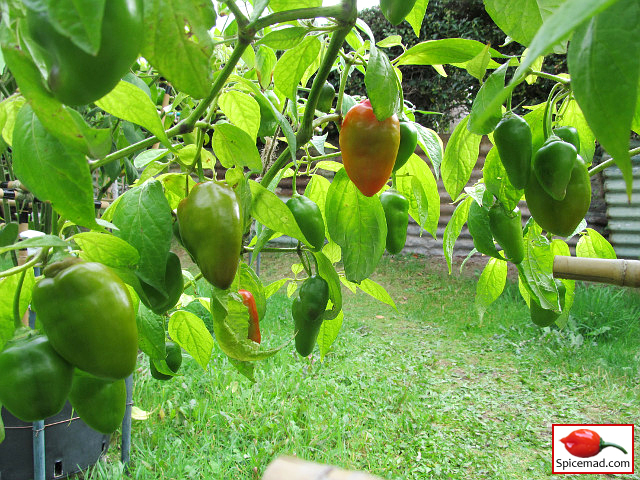 |
| San Isidro Rocoto - 18th September 2022 |
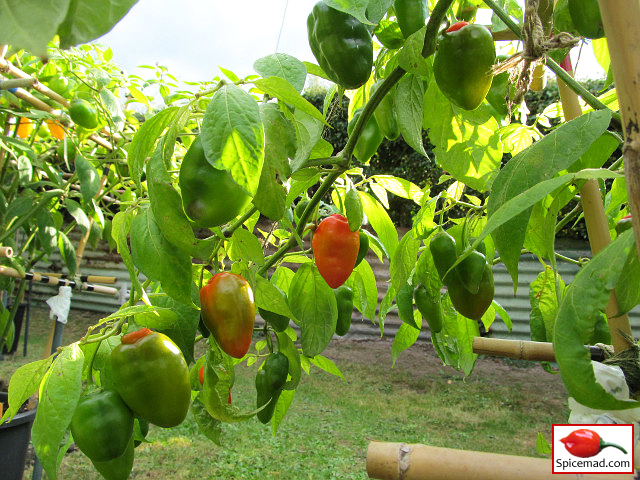 |
| San Isidro Rocoto - 20th September 2022 |
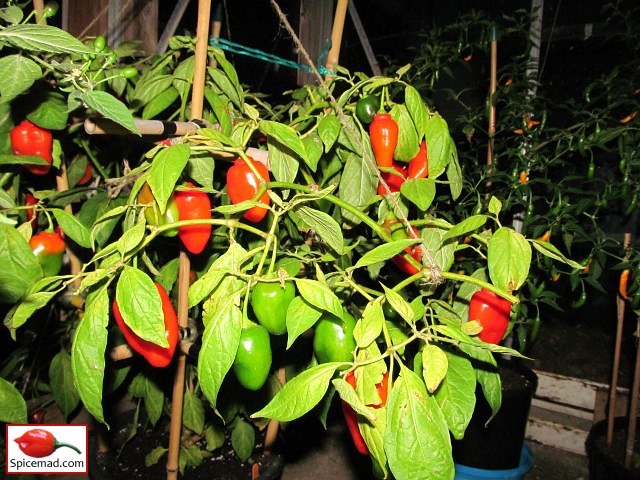 |
| San Isidro Rocoto - 10th October 2022 |
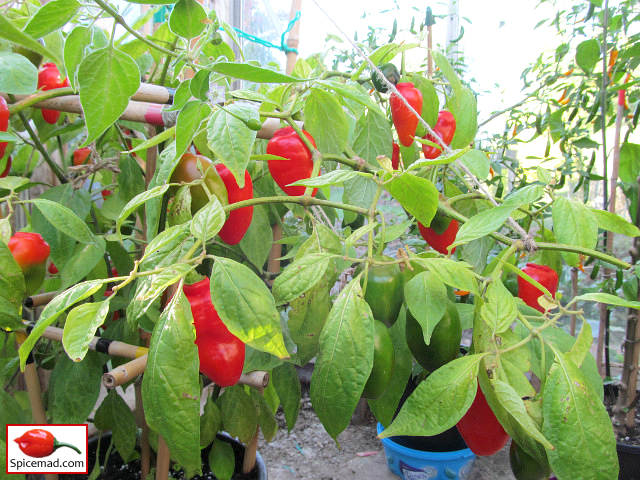 |
| San Isidro Rocoto - 13th October 2022 |
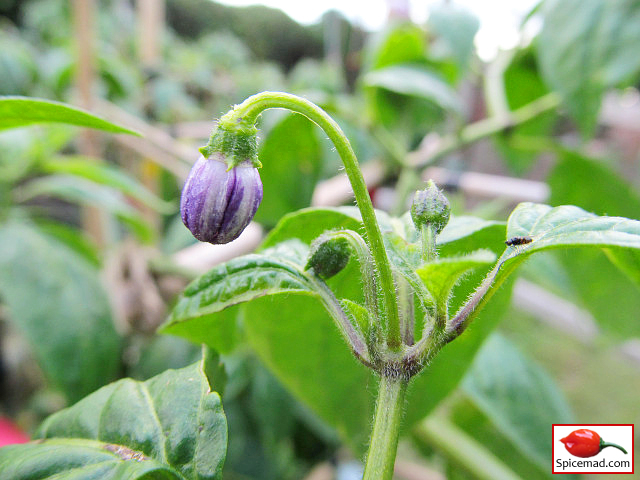 |
| San Isidro Rocoto Flower Bud - 30th June 2022 |
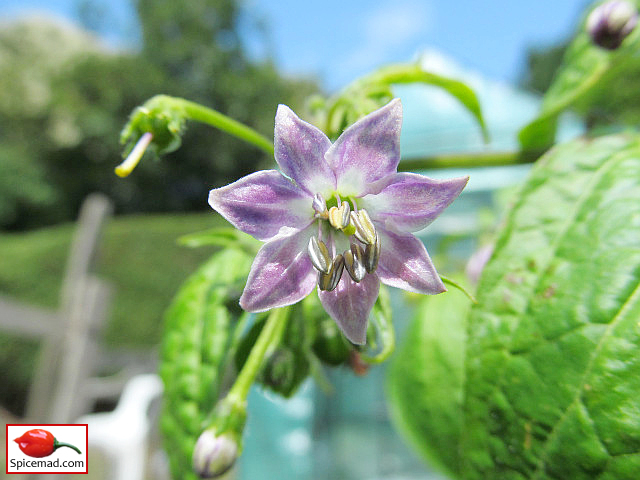 |
| San Isidro Rocoto Flower - 26th July 2022 |
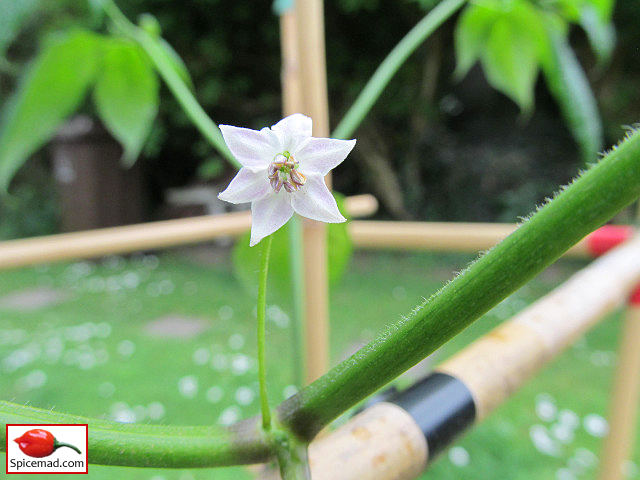 |
| San Isidro Rocoto Flower - 16th May 2022 |
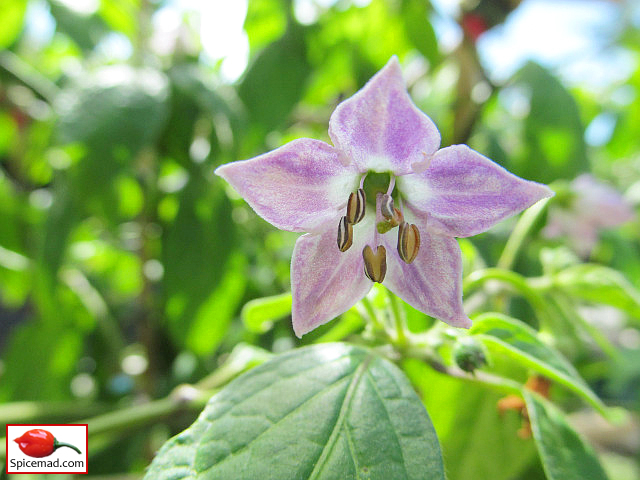 |
| San Isidro Rocoto Flower - 26th July 2022 |
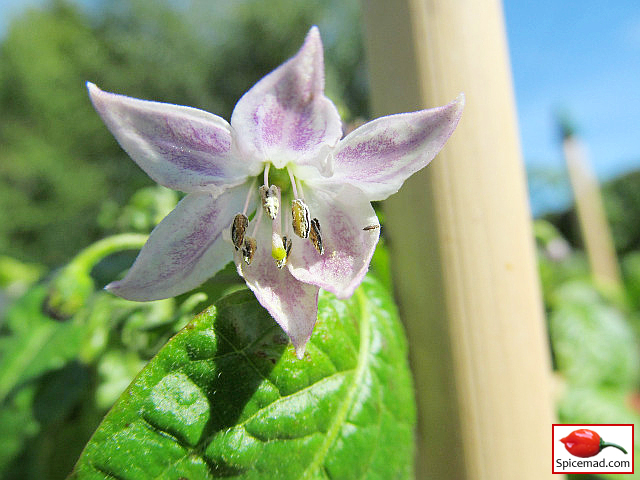 |
| San Isidro Rocoto Flower - 14th July 2022 |
 |
| San Isidro Rocoto Flower - 30th June 2022 |
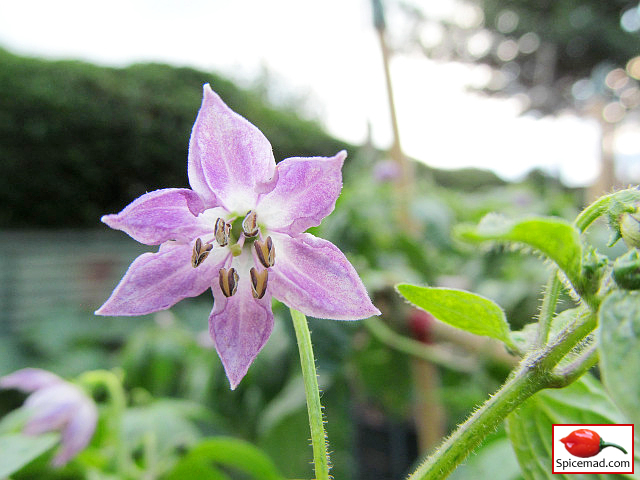 |
| San Isidro Rocoto Flower - 30th June 2022 |
 |
| San Isidro Rocoto - 15th July 2022 |
 |
| San Isidro Rocoto - 15th July 2022 |
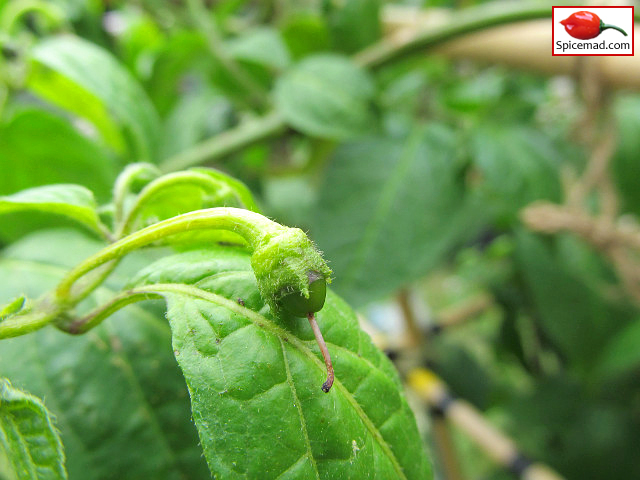 |
| San Isidro Rocoto - 15th July 2022 |
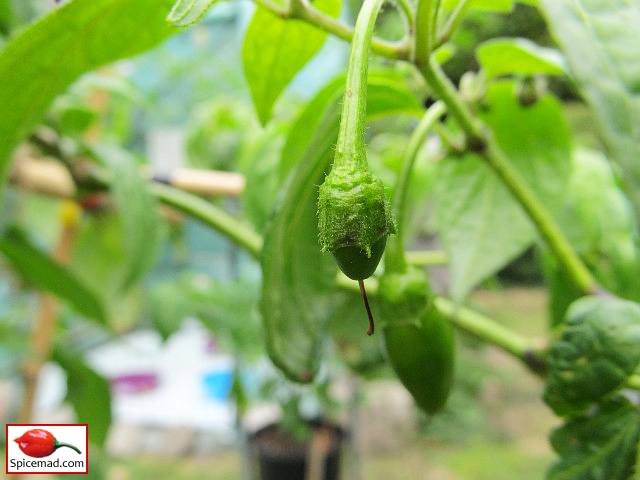 |
| San Isidro Rocoto - 15th July 2022 |
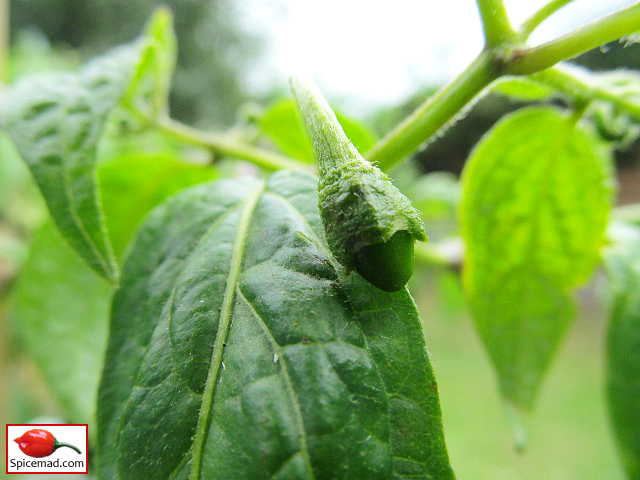 |
| San Isidro Rocoto - 15th July 2022 |
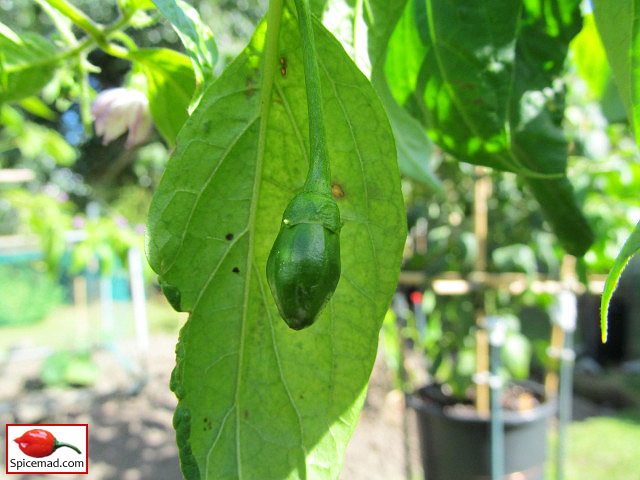 |
| San Isidro Rocoto - 14th July 2022 |
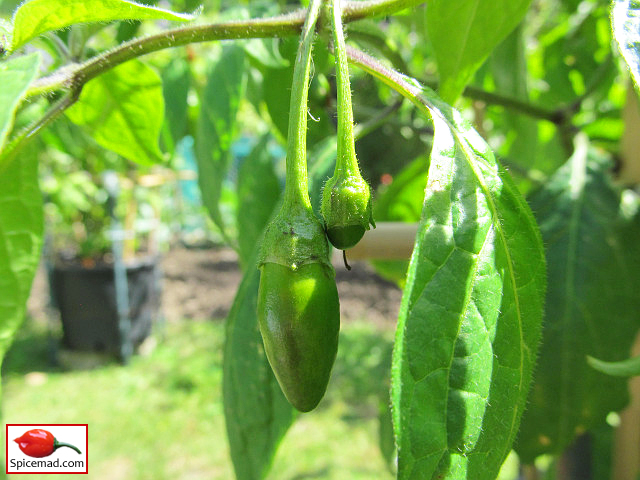 |
| San Isidro Rocoto - 26th July 2022 |
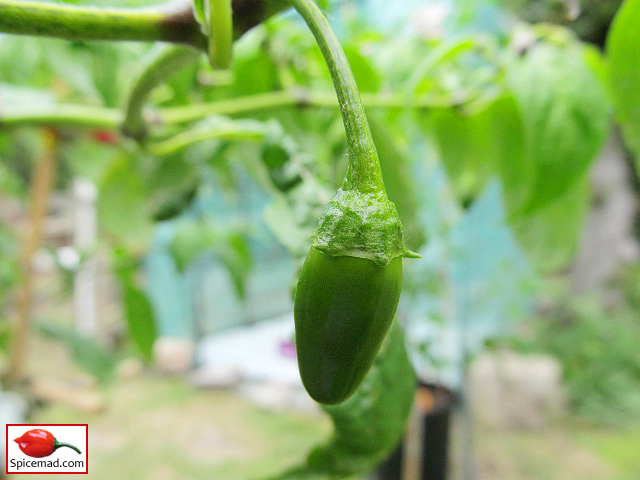 |
| San Isidro Rocoto - 15th July 2022 |
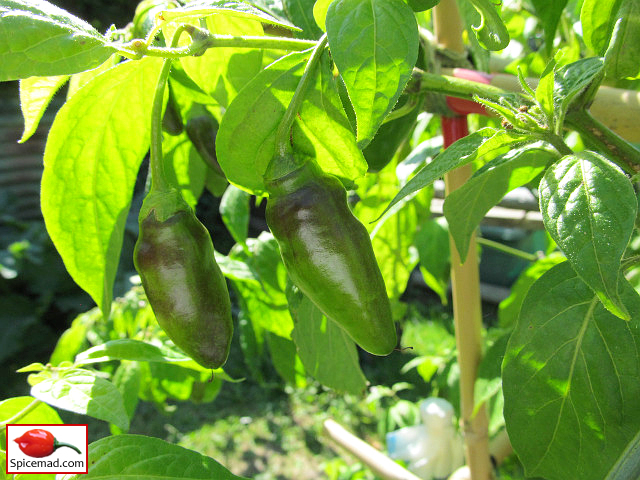 |
| San Isidro Rocoto - 5th August 2022 |
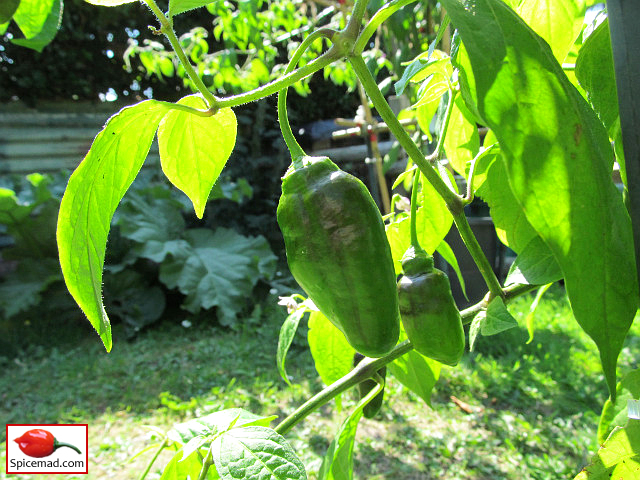 |
| San Isidro Rocoto - 5th August 2022 |
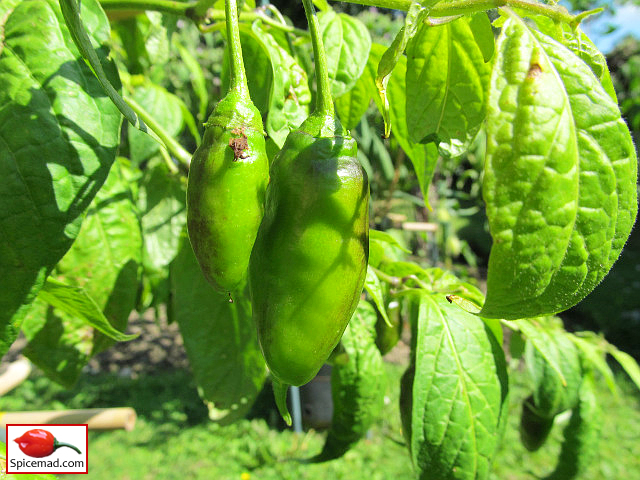 |
| San Isidro Rocoto - 5th August 2022 |
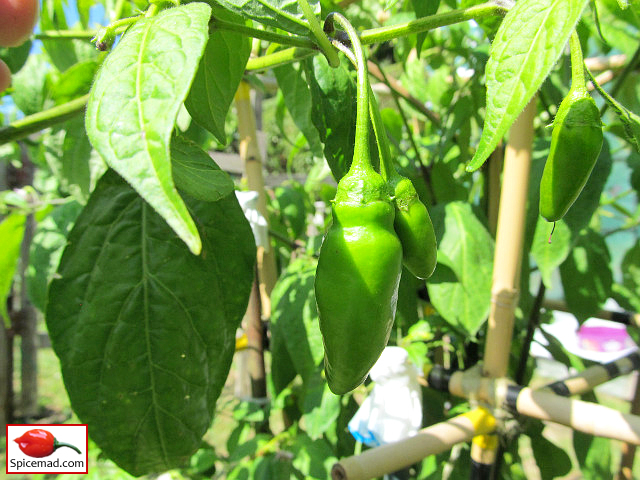 |
| San Isidro Rocoto - 26th July 2022 |
 |
| San Isidro Rocoto - 26th July 2022 |
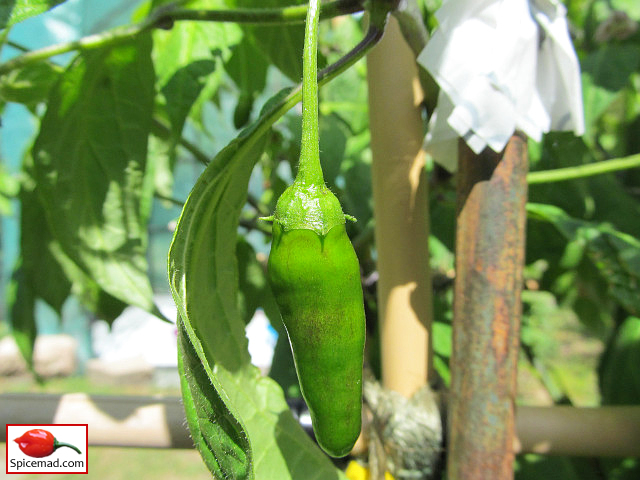 |
| San Isidro Rocoto - 26th July 2022 |
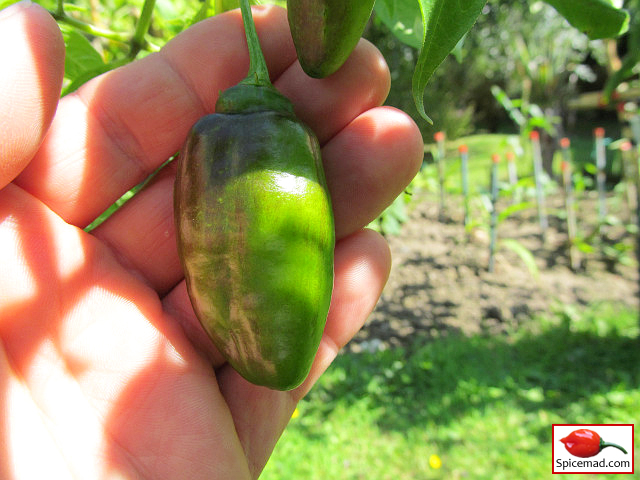 |
| San Isidro Rocoto - 5th August 2022 |
 |
| San Isidro Rocoto - 5th August 2022 |
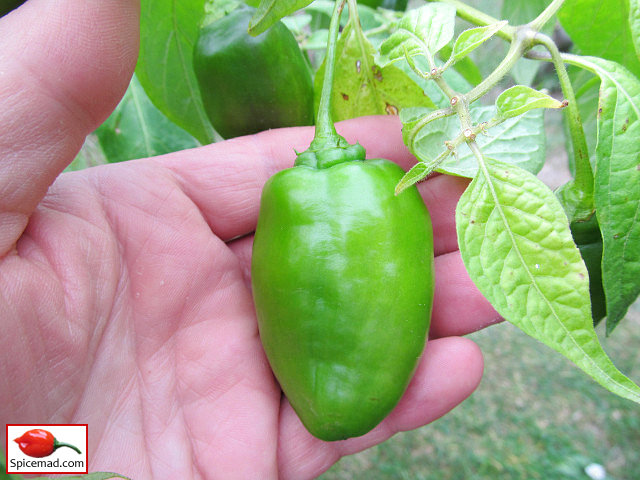 |
| San Isidro Rocoto - 28th August 2022 |
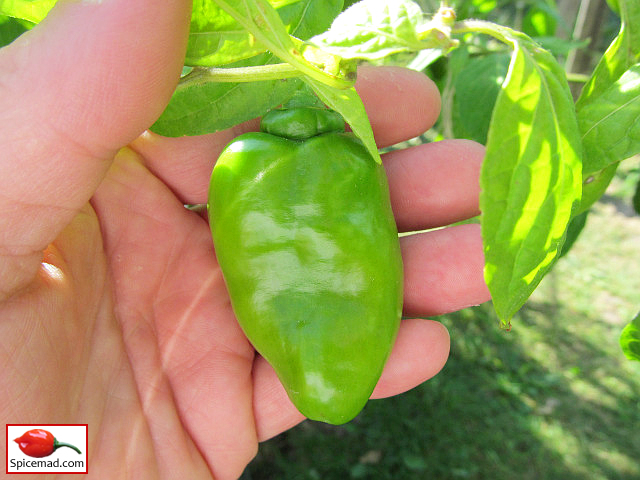 |
| San Isidro Rocoto - 27th August 2022 |
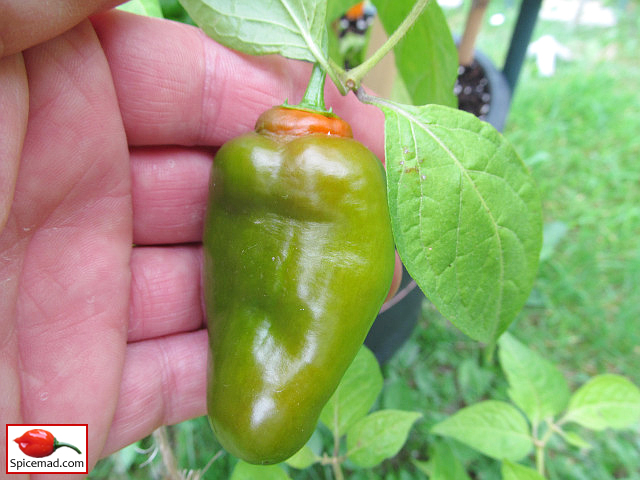 |
| San Isidro Rocoto - 11th September 2022 |
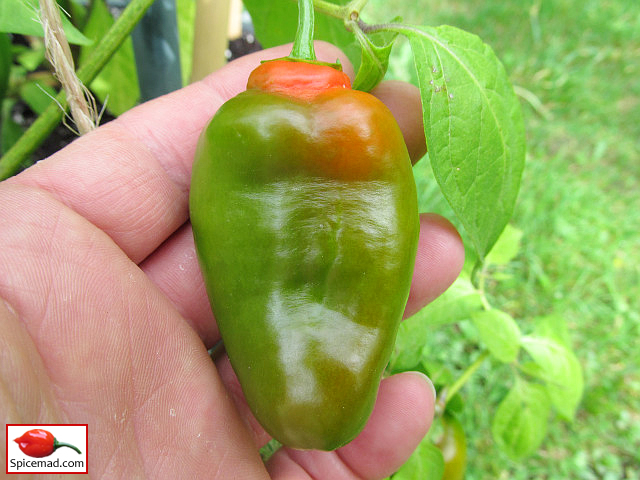 |
| San Isidro Rocoto - 13th September 2022 |
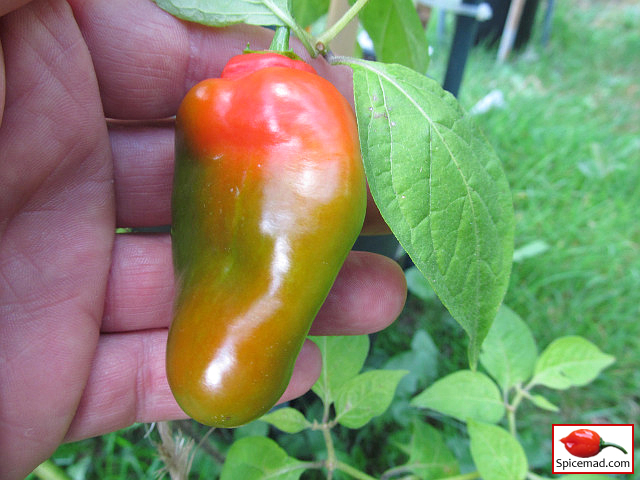 |
| San Isidro Rocoto - 15th September 2022 |
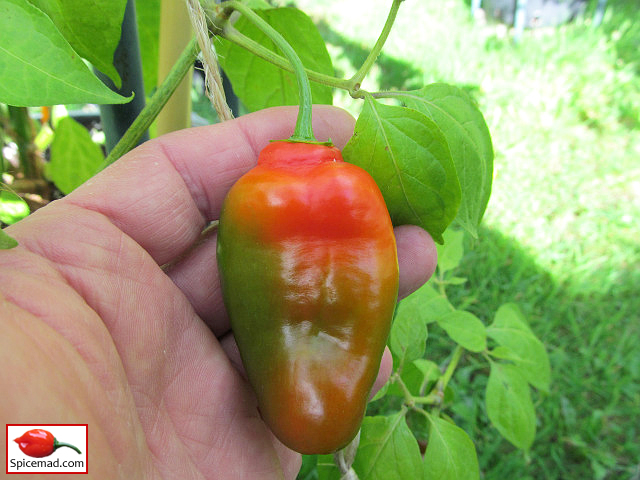 |
| San Isidro Rocoto - 16th September 2022 |
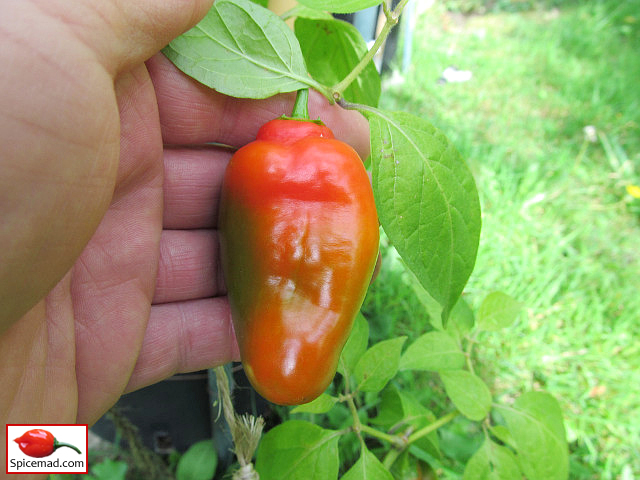 |
| San Isidro Rocoto - 17th September 2022 |
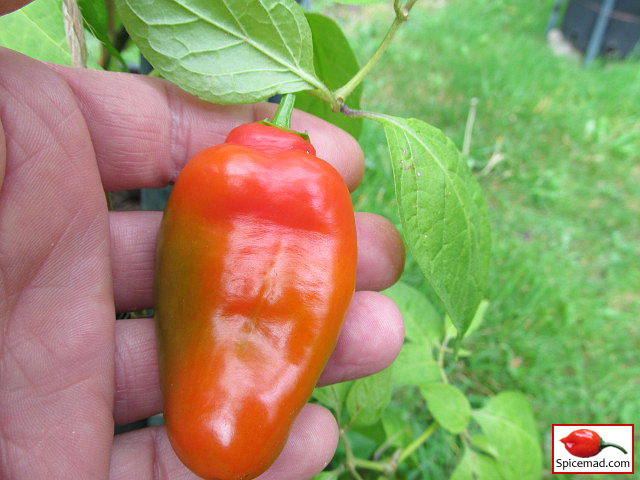 |
| San Isidro Rocoto - 18th September 2022 |
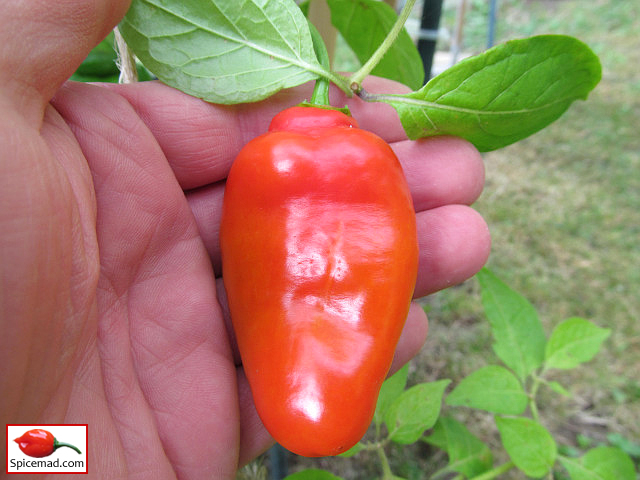 |
| San Isidro Rocoto - 20th September 2022 |
 |
| San Isidro Rocoto - 11th September 2022 |
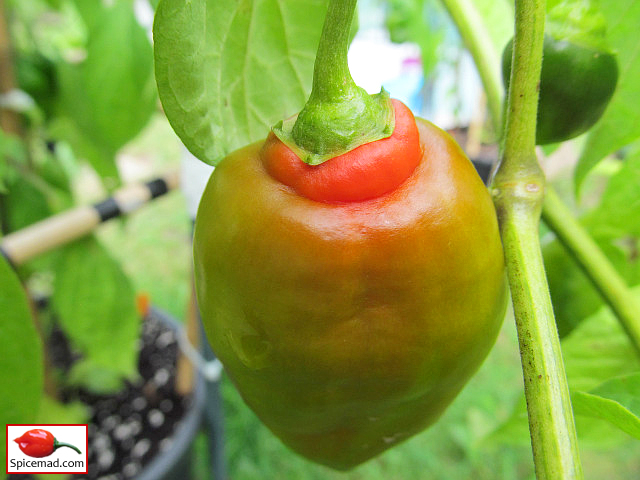 |
| San Isidro Rocoto - 13th September 2022 |
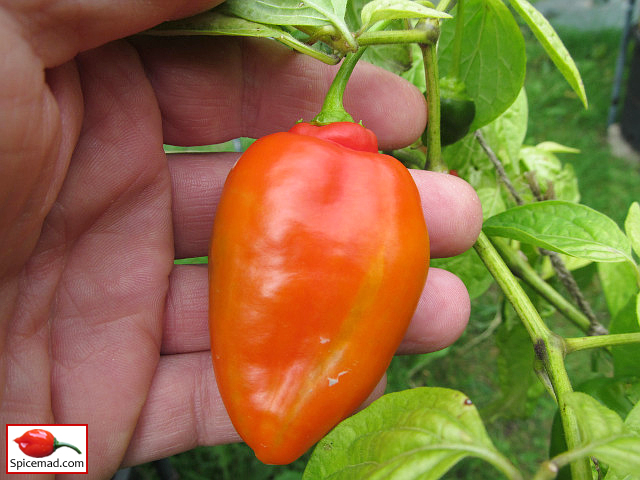 |
| San Isidro Rocoto - 18th September 2022 |
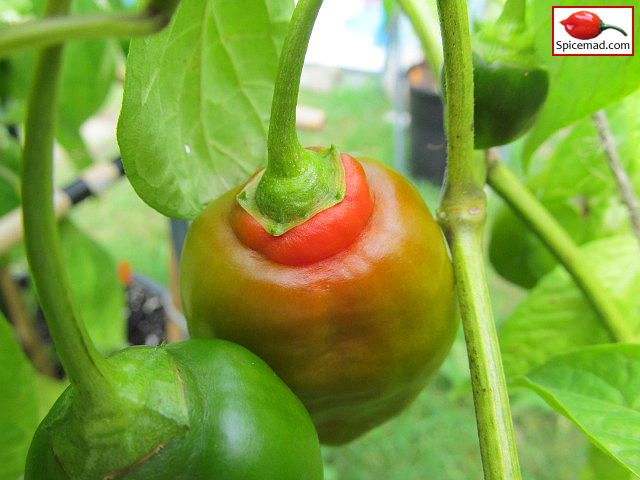 |
| San Isidro Rocoto - 13th September 2022 |
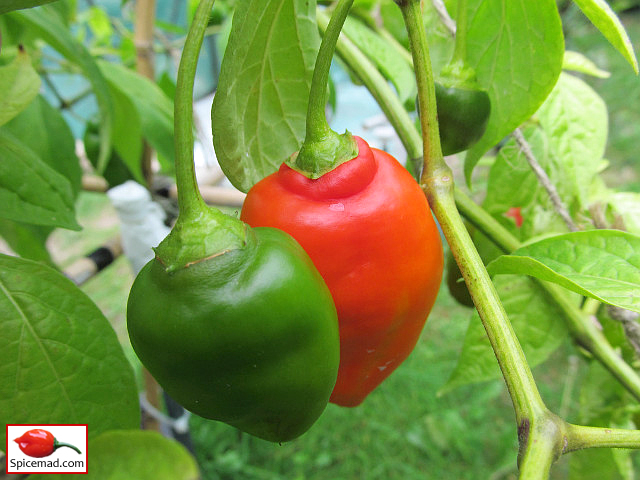 |
| San Isidro Rocoto - 18th September 2022 |
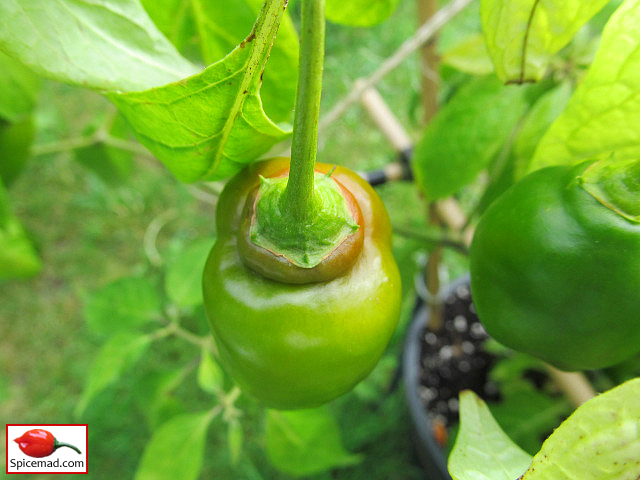 |
| San Isidro Rocoto - 13th September 2022 |
 |
| San Isidro Rocoto - 13th September 2022 |
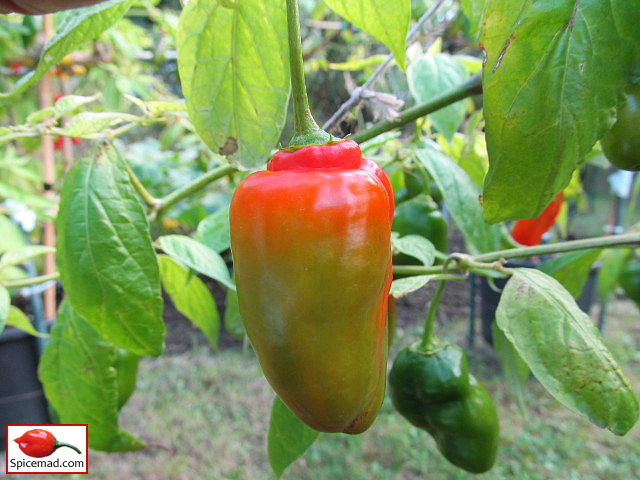 |
| San Isidro Rocoto - 23rd September 2022 |
 |
| San Isidro Rocoto - 27th August 2022 |
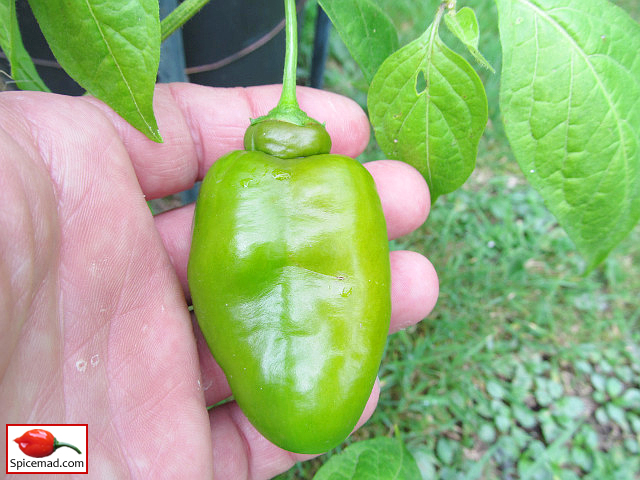 |
| San Isidro Rocoto - 7th September 2022 |
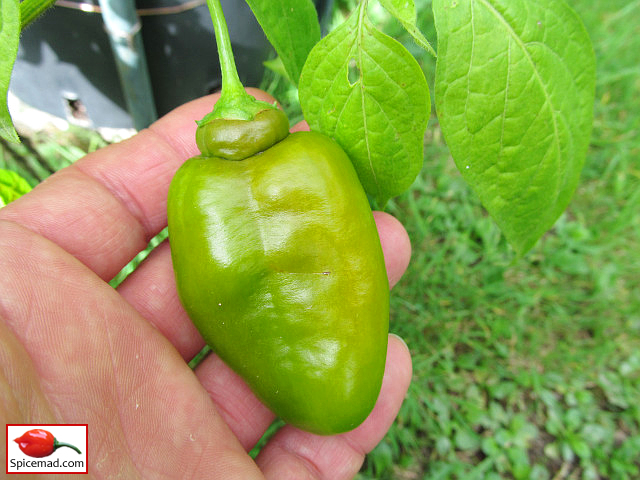 |
| San Isidro Rocoto - 10th September 2022 |
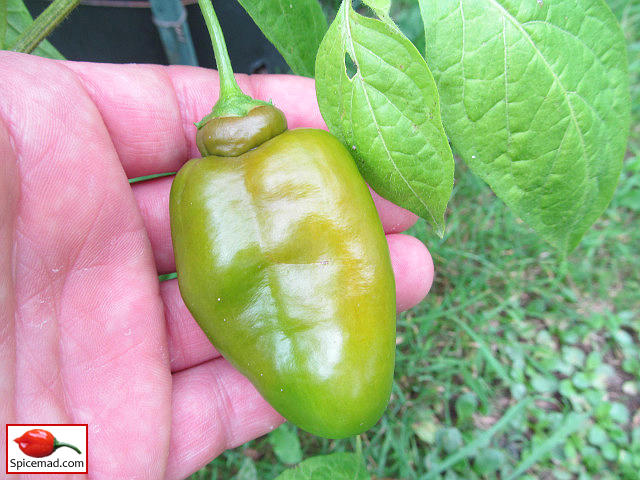 |
| San Isidro Rocoto - 11th September 2022 |
 |
| San Isidro Rocoto - 18th September 2022 |
 |
| San Isidro Rocoto - 18th September 2022 |
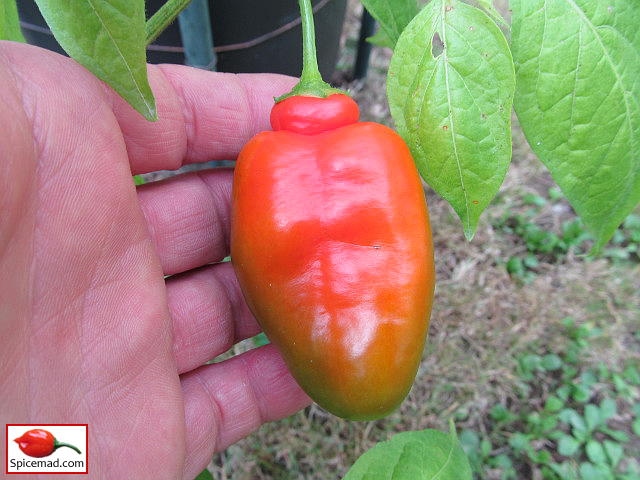 |
| San Isidro Rocoto - 20th September 2022 |
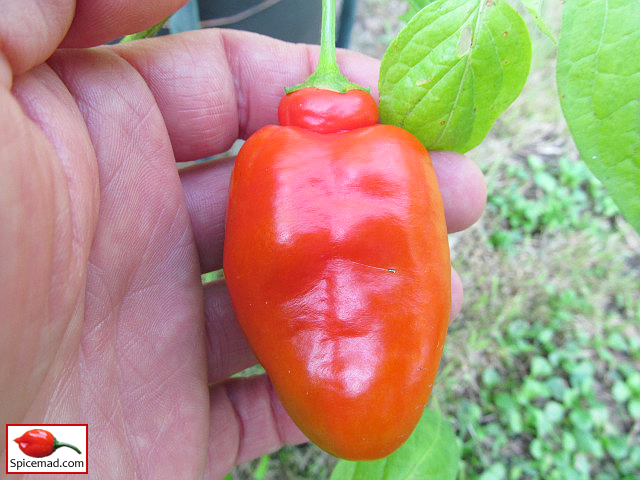 |
| San Isidro Rocoto - 23rd September 2022 |
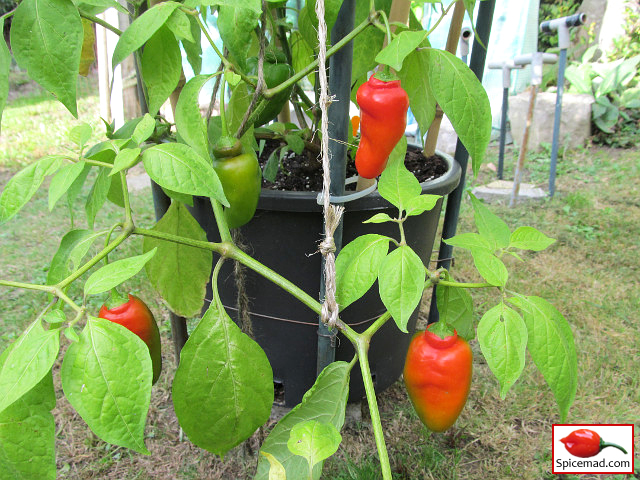 |
| San Isidro Rocoto - 20th September 2022 |
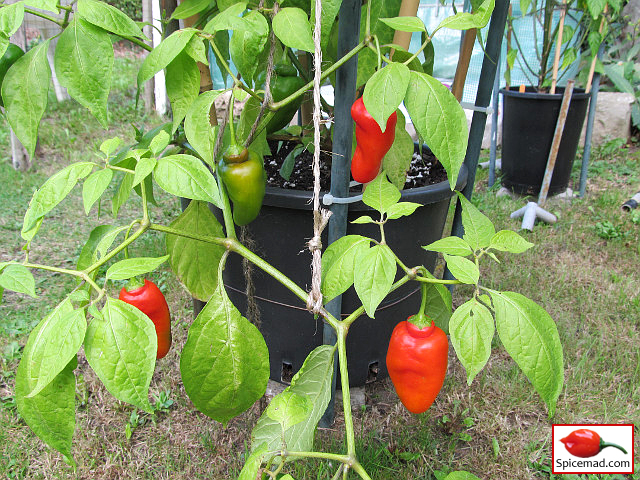 |
| San Isidro Rocoto - 23rd September 2022 |
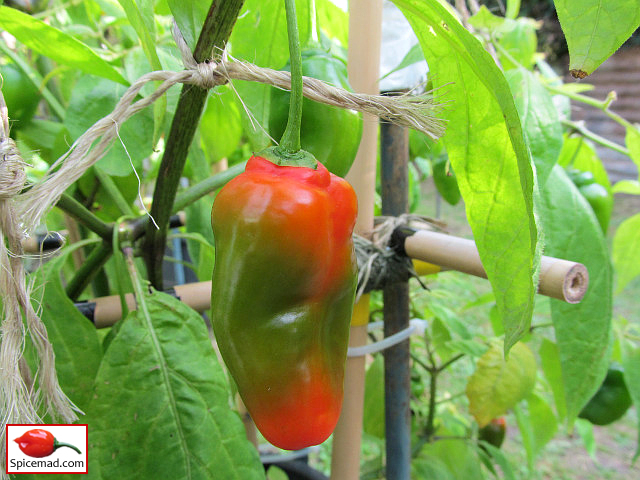 |
| San Isidro Rocoto - 20th September 2022 |
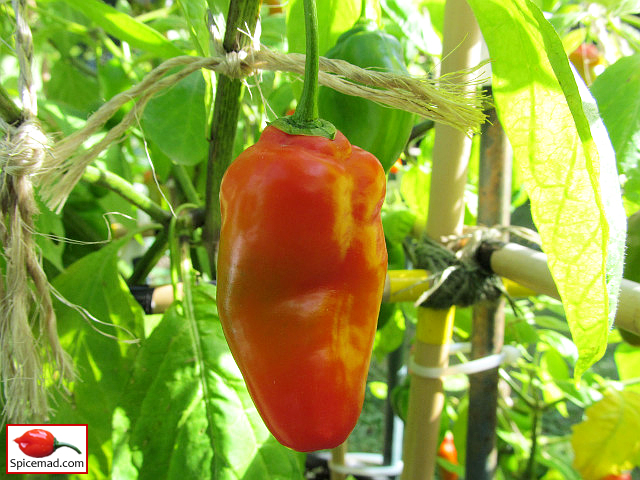 |
| San Isidro Rocoto - 23rd September 2022 |
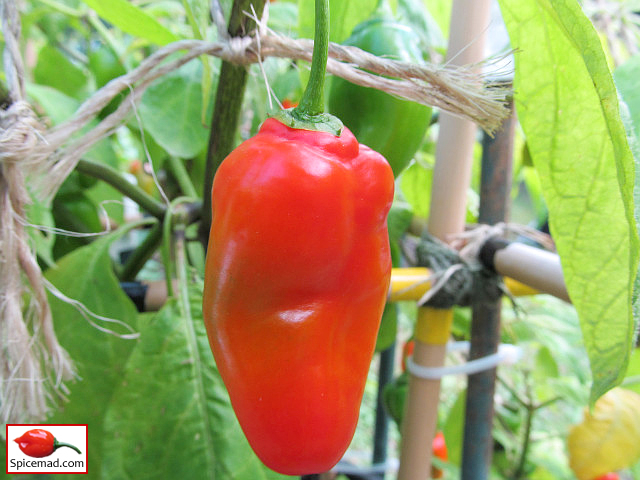 |
| San Isidro Rocoto - 23rd September 2022 |
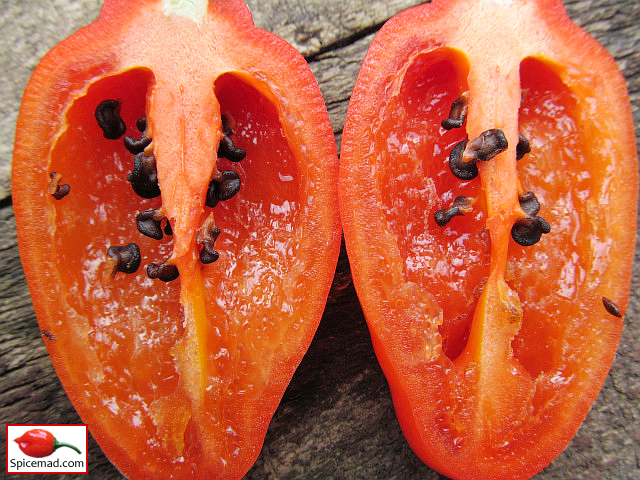 |
| San Isidro Rocoto - 29th September 2022 |
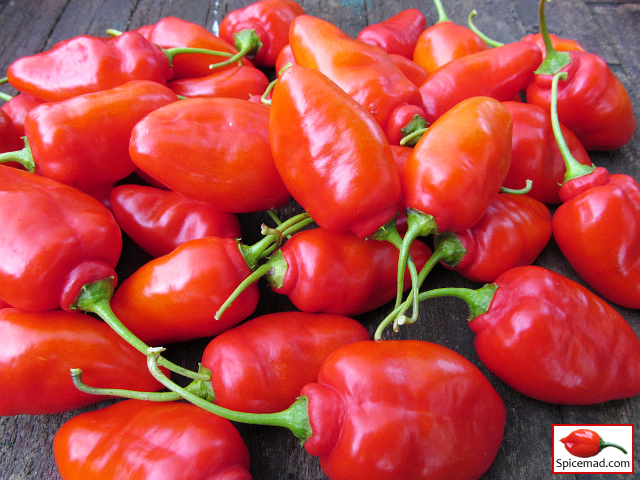 |
| San Isidro Rocoto - 14th October 2022 |
 |
| San Isidro Rocoto - 14th October 2022 |
